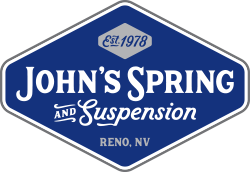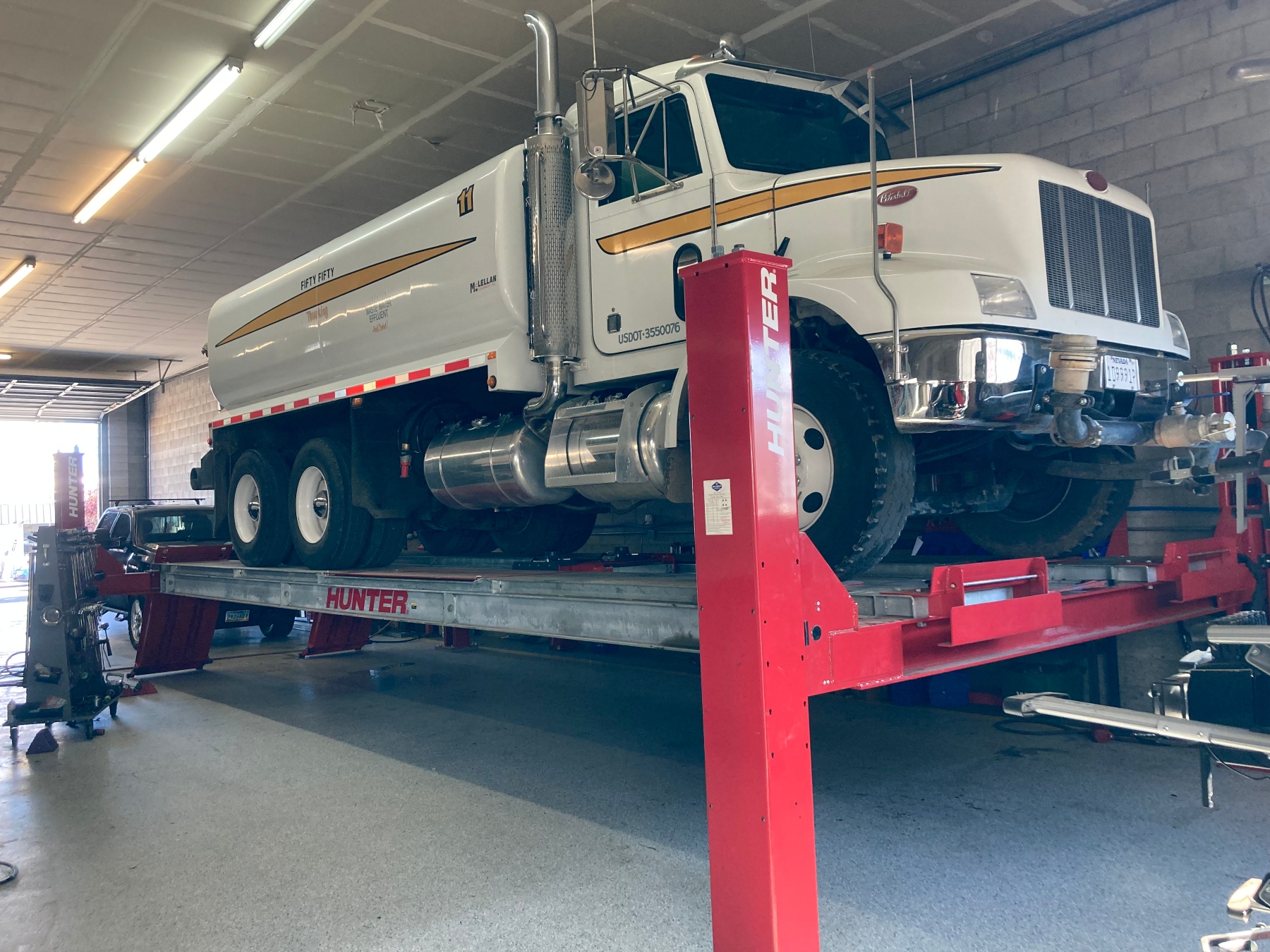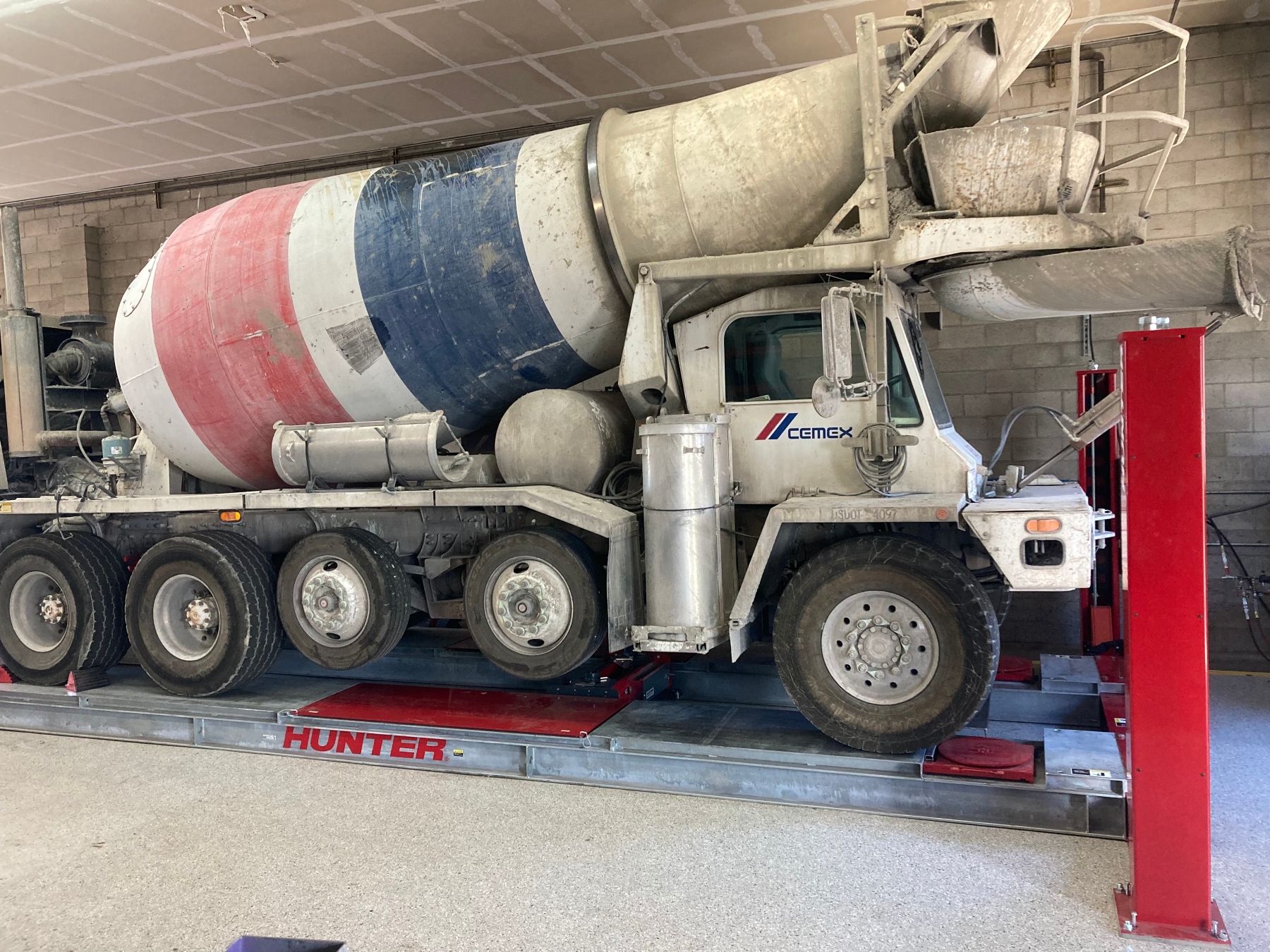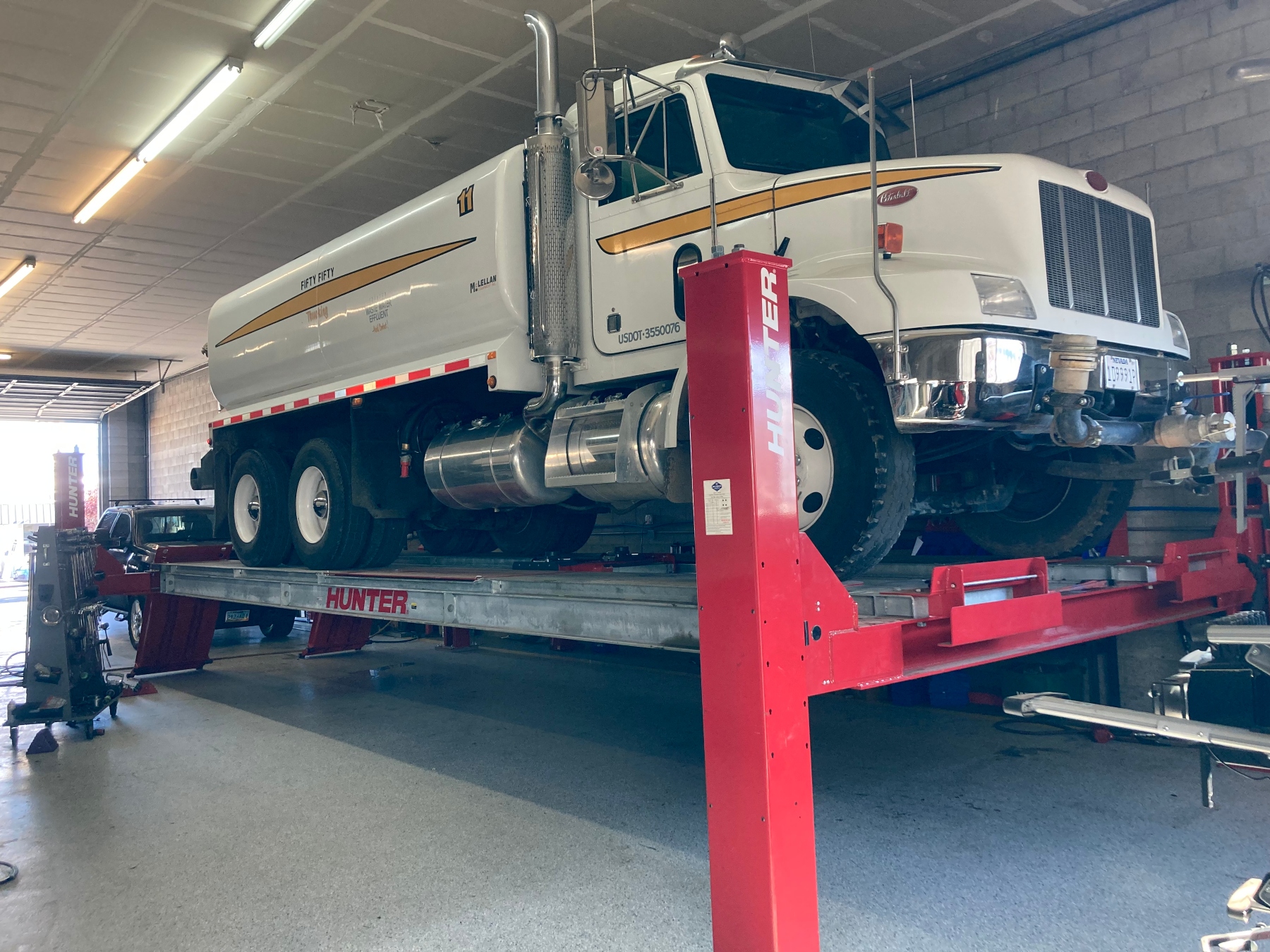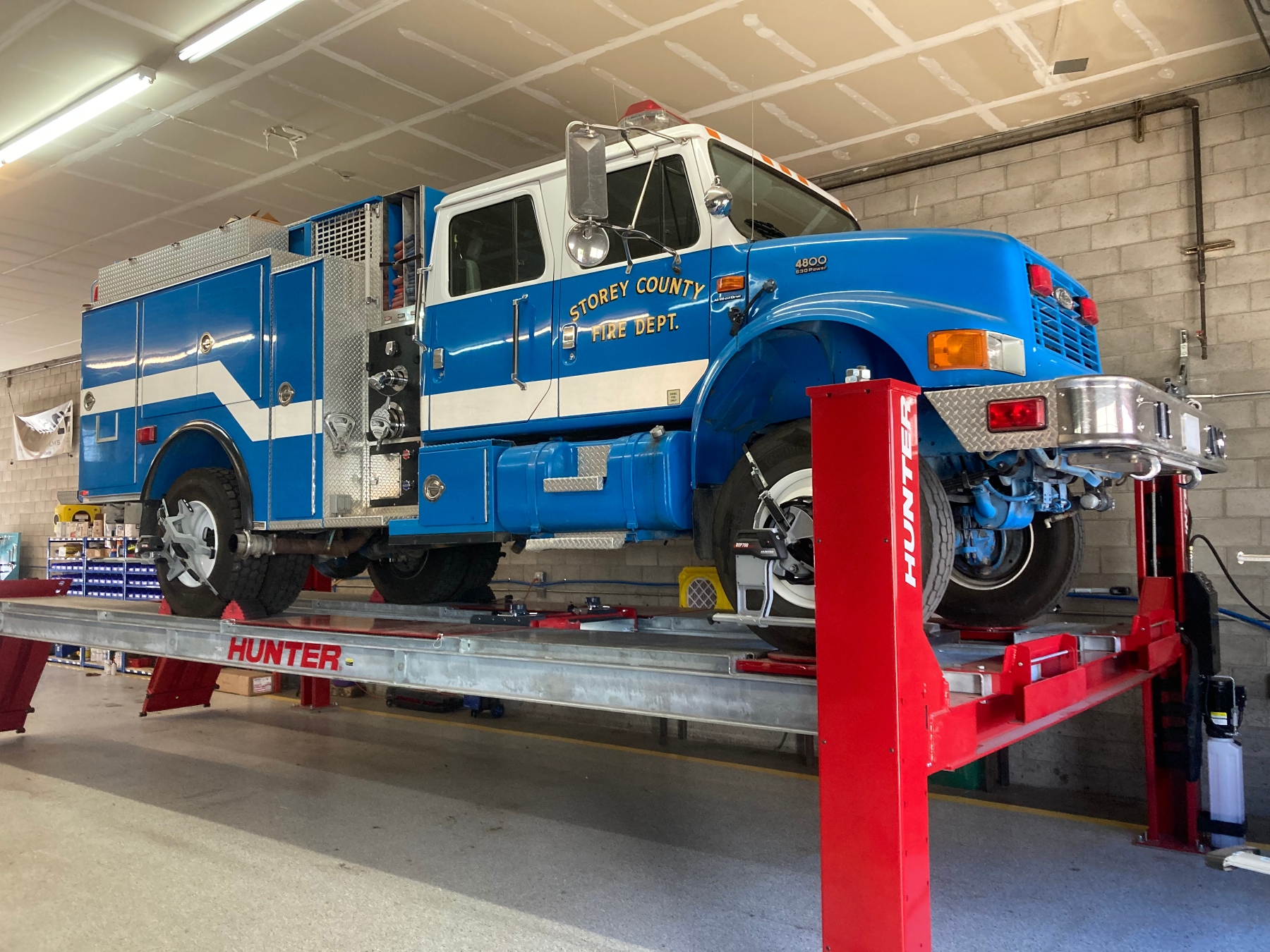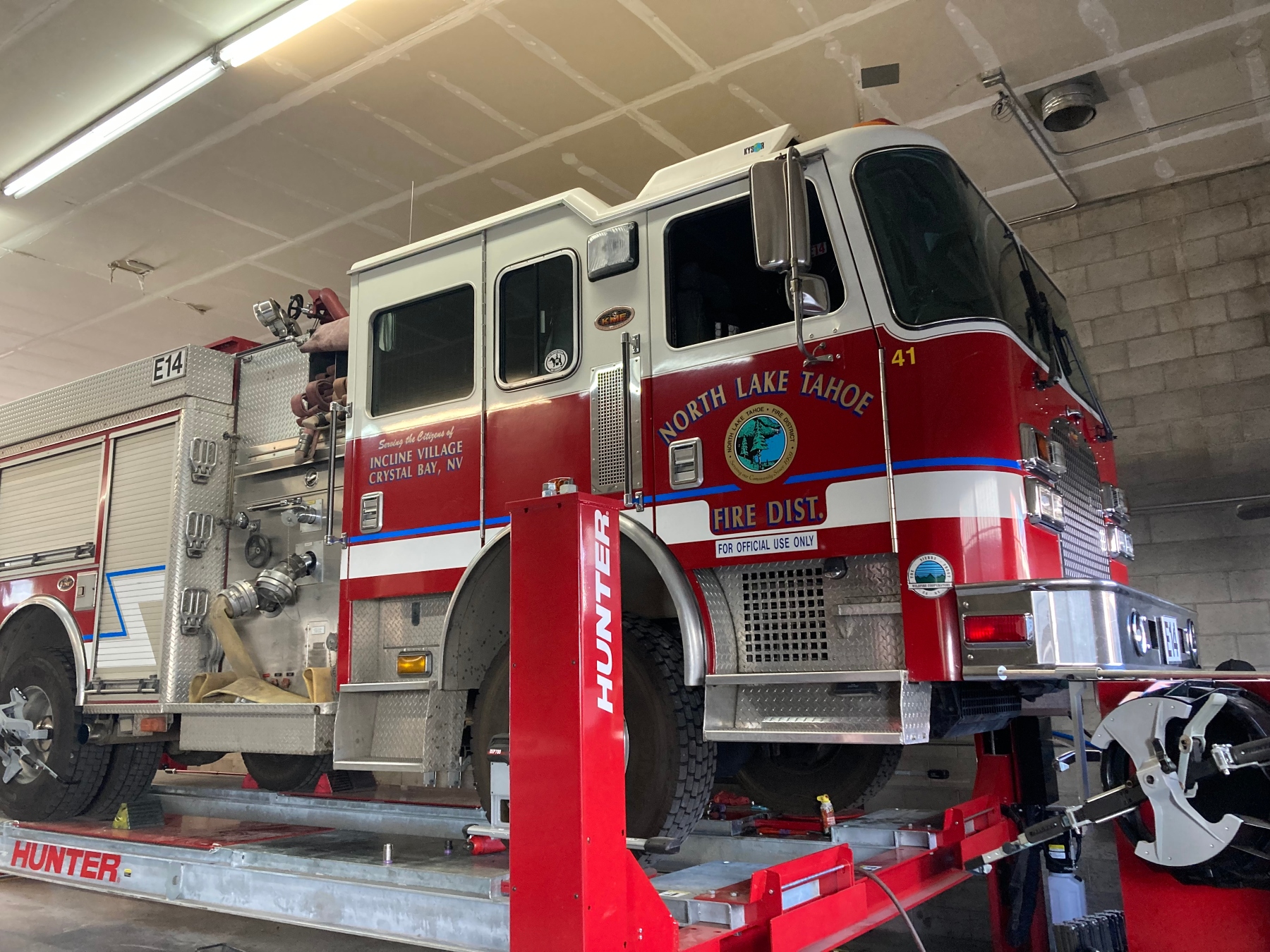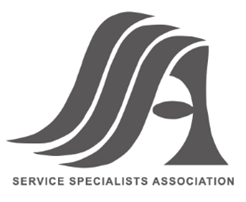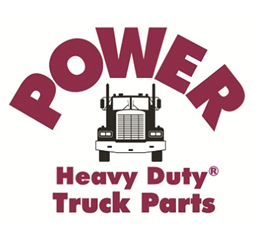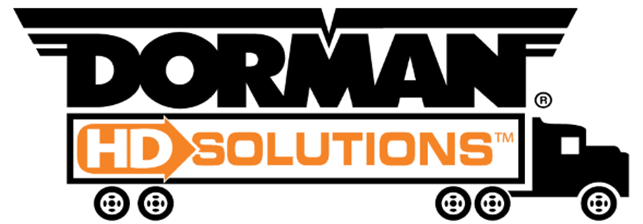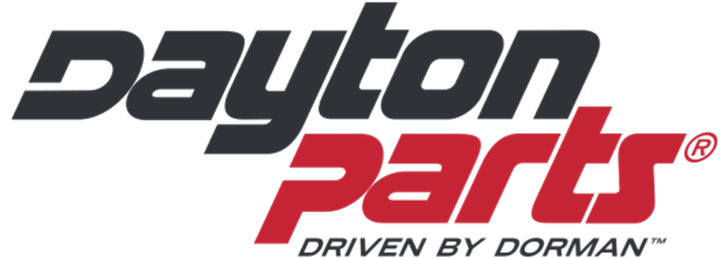John’s Spring and Suspension now proudly offers Heavy Duty truck alignments. We operate only the best alignment rack technology with pin-point accuracy to ensure your truck enjoys improved drivability, decreased tire wear, and improved fuel economy. With our state-of-the-art alignment machine, we are capable of aligning all 2 and 3 axle tractors and vocational trucks.
A primary reason why trucks lose their alignment is due to spring eye, shackle, and/ or torque rod bushing wear or failure. Alignments will not hold if worn bushings are not replaced. At John’s Spring, we offer both bushing replacement and alignments for a one-stop service. Ensure you maximize the life of your tires and enjoy increased fuel economy by aligning your truck today.
Steering Replacement
At John’s Spring and Suspension, we offer steering component replacement from king pins, to tie rods, drag links and other steering components. Call us today for your suspension repair needs!
Toe Alignment
This characteristic of your truck alignment relates to the relationship of your steer tires and impacts your tire life, fuel economy, and drivability. If you identify increased wear on the inside or outside edge of your steer tires, you may have an issue with your vehicle’s toe adjustment. There is a metal bar that goes between your tires that allows our technicians to pull your tires closer together or adjust them further apart to alleviate that toe wear.
Caster Alignment
Caster alignment relates to the forward/ reward rotation of your steer axle. This measurement does NOT impact tire wear or fuel economy. Caster is important for drivability as it may cause a “pull” to one side when driving and assists in returning the steering wheel to center after a turn.
Camber Measurement
Camber measurement affects tire wear and fuel economy and refers to the vertical angle of the tires. Typically, a vehicle that has a camber related issue needs its kingpins replaced, something John’s Spring and Suspension would be happy to help you with.
Thrust Angle
A vehicle’s thrust angle relates to the direction that a rear axle is pointed. This measurement will affect tire wear, fuel economy, and drivability. At John’s Spring and Suspension, we can adjust your thrust angle to maximize the performance of your heavy duty truck alignment.
Bushings
When inspecting your vehicle’s bushings, there are several key indicators we look for that tell us if they need to be replaced. First, the pin or bolt should be even throughout. Second, the rubber or poly may be cracked but should not have chunks splintering out. If either of these issues are found, we will go over your repair options so that your heavy duty truck can get back to work!

